Close to 8 million healthcare workers are potentially exposed to hazardous drugs in the U.S.1 And the risks to their health are real and significant.
Get results in less than 10 minutes with the first and only rapid hazardous drug* detection system
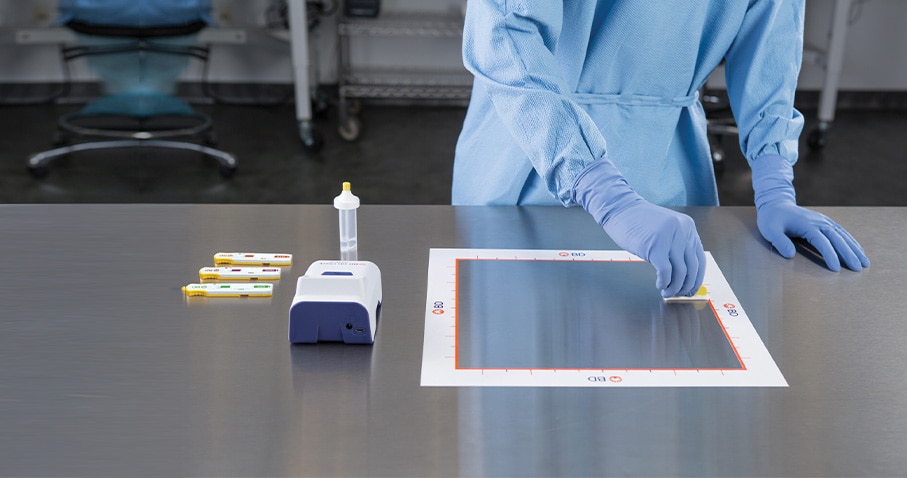

Close to 8 million healthcare workers are potentially exposed to hazardous drugs in the U.S.1 And the risks to their health are real and significant.
Detrimental effect on DNA
Pharmacists and nurses who handle antineoplastic drugs show a 2.5-fold increase in total chromosomal aberrations (CAs), with up to a 5-fold increase in certain CA types2,3
Increased rates of cancer
This includes relative risk of leukemia increases for oncology nurses,4 a 2.8-times increase in non-melanoma skin cancer and a 3.7-times increase in non-Hodgkin’s lymphoma in pharmacy techs5
Damage to internal organs
Three consecutive head nurses handling cytostatic agents over time had liver damage6
Reproductive issues
Double the risk of miscarriage among staff handling antineoplastic drugs, along with an increase in risk of malformations in offspring7,8
Exposure can occur any point in the journey of a hazardous drug at your facility
Your facility may have already invested in safety measures such as engineering controls and personal protective equipment (PPE) to help protect your healthcare workers. But a NIOSH survey10 of 1,954 professionals revealed that up to 61% of them touched other work surfaces while wearing chemotherapy gloves:
61%
through IV pump/bed controls10
26%
through pens/pencils10
20%
through doorknobs/cabinets10
test the section name text
test the section description text
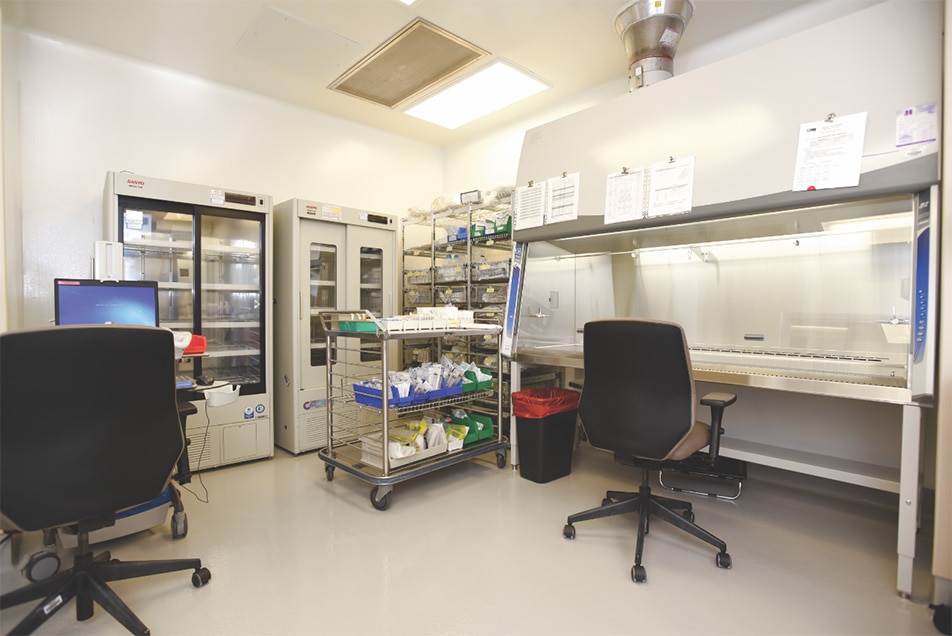
test the section name text
test the section description text
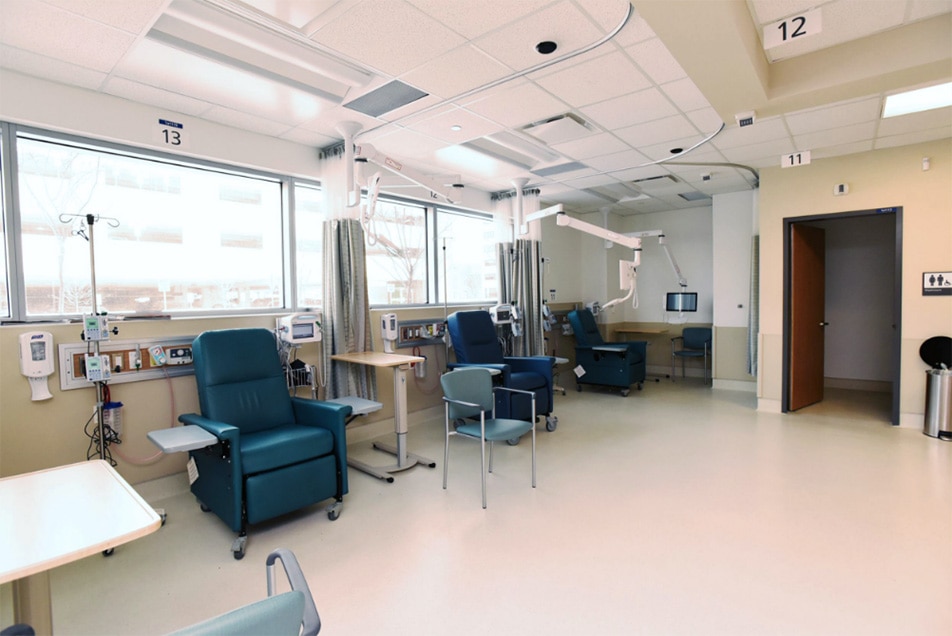
This is a modal window.
Beginning of dialog window. Escape will cancel and close the window.
End of dialog window.
This is a modal window. This modal can be closed by pressing the Escape key or activating the close button.
Routinely testing high-touch work surfaces for HD contamination is the proactive solution to help detect HDs, manage their associated risk and evaluate the effectiveness of your investments. The body of supporting evidence is growing worldwide—through consensus conferences, peer-reviewed journal articles and best practice guidelines.
Explore most recent peer-reviewed studies contributing to the movement in more detail below:
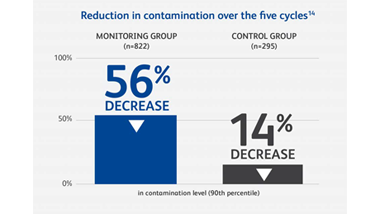
A surface wipe sample study N=1,269 demonstrated a 56% decrease in contamination levels when monitoring occurred at regular intervals.15
During the study, approximately 75% of the monitoring group introduced cleaning protocol changes as a result of monitoring.15
67% of participating pharmacies stated that they had changed or would change their work procedures as a consequence of these findings.15
— The MEWIP Project15
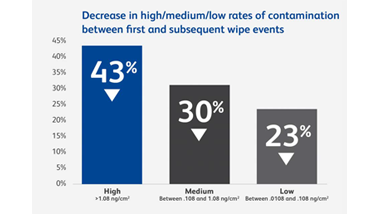
A higher rate of contamination was identified at first wipe event compared to subsequent wipe events, suggesting that monitoring is beneficial in recognizing and correcting practices that lead to hazardous drug surface exposures, preventing future contamination from occurring.16
— Salch et al16
The BD® HD Check System can detect surface contamination for select HDs in less than 10 minutes and can be integrated easily into your daily routine:
The BD® HD Check System currently tests for three commonly used HDs: cyclophosphamide, methotrexate and doxorubicin
Qualitative testing is recommended when rapid results are needed in order to determine the presence or absence of an HD.
The 2020 National Consensus Conference peer-reviewed report was published in the American Journal of Health-System Pharmacy (AJHP) and became one of their top 25 articles in 2021.11
Explore 5 of the consensus statements, so you can act on these expert recommendations11:
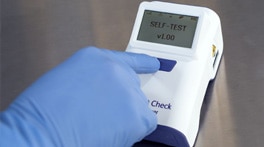
This is essential to determine where to sample and establish a suitable monitoring frequency.
The 2021 guidelines from the Spanish Society of Hospital Pharmacists (SEFH)12 and the Spanish Nursing Council (SNC)13 offer structured solutions, with safe practices to monitor surfaces for HDs throughout your facility.
Here are some their practice recommendations:
Frequency of testing: Both recommend conducting a custom assessment to determine which areas carry high, medium or low contamination risk.12 The SEFH recommends typical sampling frequencies as monthly, quarterly or half-yearly.12 The SNC recommends establishing a sampling frequency based on the risk level assigned to areas during the assessment: weekly for high risk, monthly for medium risk and quarterly for low risk areas.13
Drugs to test for: Both the SEFH and SNC recommend testing for marker drugs, specifically naming cyclophosphamide, methotrexate and doxorubicin as the most commonly monitored HDs.12,13 They recommend monitoring at least cyclophosphamide as a marker for control of surface contamination in the pharmacy and administration areas.12,13
But approximately one in four U.S. hospitals practice environmental wipe sampling.18 Safety experts are sharing the benefits of routine monitoring with the BD® HD Check System.
It takes about 10 minutes to set up the device initially. After that, it takes less than 10 minutes to process a sample. This is a significant improvement over traditional wipe sampling kits that may take up to two weeks or longer to give a result, during which time HD residue may be spread to other locations.
Performing surface monitoring at select locations in their tertiary hospital, Silvia Valero García and colleagues found that the BD® HD Check System offered multiple advantages, the primary being speed and immediacy in obtaining results.
Silvia Valero García and colleagues evaluated the suitability of using the BD® HD Check System to routinely monitor surfaces at select locations in their tertiary hospital. Their in-use study was published in the Journal of Oncology Pharmacy Practice (JOPP).
Read more here about how the benefits of routine qualitative testing of surfaces for HDs can help your facility recognize and correct practices that lead to HD surface contamination.14
You can set up, customize and sustain HD surface monitoring in your facility, step by step
Assess what, where and how often to test for HDs in your facility
Develop a plan for routine monitoring with procedures as per your needs
Test for HD residue on multiple surfaces using the BD® HD Check System
Track results over time, now and as needed in the future
BD offers training resources to help improve your clinical practices as part of our goal of advancing the world of health.
BD supports the healthcare industry with market-leading products and services that aim to improve care while lowering costs. We host and take part in events that excel in advancing the world of health™.
BD-5894 (09/22)